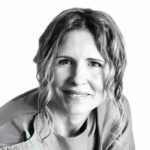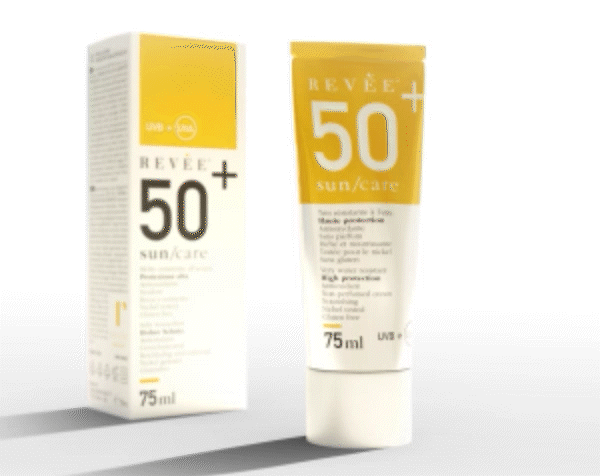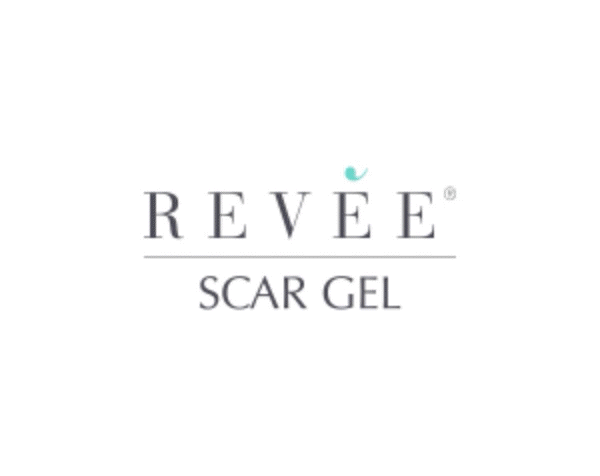Medical doctors and Surgeons
Difficult wounds: treatments, causes, and cutting-edge solutions
Difficult wounds represent one of the most complex challenges for medical professionals, particularly plastic surgeons. These are injuries that do not heal within a normal timeframe, requiring specialized interventions to stimulate healing and prevent complications such as infections or abnormal scarring. Dr. Claudio Ligresti, a general and plastic surgeon with over thirty-five years of experience, shares his knowledge and innovations in the treatment of difficult wounds.
What are difficult wounds?
The term “difficult wounds” refers to injuries that do not heal within the expected time. Dr. Ligresti explains:
«Wounds are considered difficult when they take a long time to heal. For example, a normal cut heals in a few days, like a small surgical incision. However, some wounds take months or even years to heal, becoming difficult. Wounds are classified as difficult if they do not heal within thirty days for normal wounds or sixty days for more complex ones».
Treatments for difficult wounds
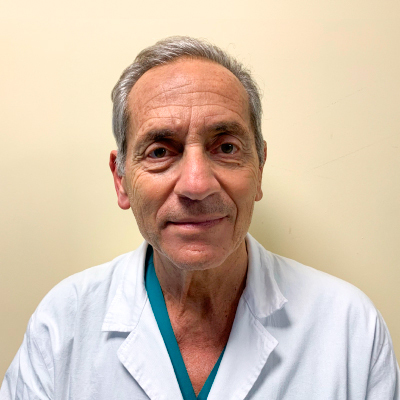
The treatment of difficult wounds depends on an initial assessment, which includes diagnosing the cause and characteristics of the injury.
«The management of difficult wounds starts with an evaluation – Ligresti emphasizes – If the wound is small but complex, we use advanced dressings such as hydrofibers, alginates, and polyurethanes. These dressings may also contain antiseptic elements, making them useful not only for disinfection but also for general tissue repair».
Another innovative therapeutic approach is Negative Pressure Wound Therapy (VAC), used for deeper wounds.
«It should not be used for superficial wounds but for deep ones, where there is a need to recover lost tissue depth, especially when there is significant exudation, fluid formation that may be serious or even bacterial».
Additionally, regenerative medicine has opened new frontiers in difficult wound treatment. Among the most promising technologies are Platelet-Rich Plasma (PRP) and platelet gels. These treatments use the patient’s own blood, which is centrifuged and injected into the wound area to stimulate tissue regeneration.
«When this blood comes into contact with adipose tissue or other tissues, it can even promote the regrowth of that very tissue», explains Ligresti.
Genetic and environmental factors
There are also genetic and environmental factors that can influence the formation of difficult wounds. Diseases like diabetes, for example, increase the risk of wounds that do not heal properly.
«Some patients are predisposed due to conditions like diabetes or immune disorders, which reduce the body’s ability to heal damaged tissue. In some cases, these diseases even cause tissue lesions» says Dr. Ligresti. This is particularly evident in diabetes-related foot deformities, which reduce sensation and prevent patients from noticing minor injuries that develop into serious wounds.
Research and future innovations
Scientific research on difficult wounds is constantly evolving. Ligresti references ongoing studies:
«As part of the Italian Academy of Wound Care—a scientific society registered with the Ministry of Health—we have promoted specific studies to develop guidelines on various aspects of difficult wound treatment. One of these studies focuses on elastic compression».
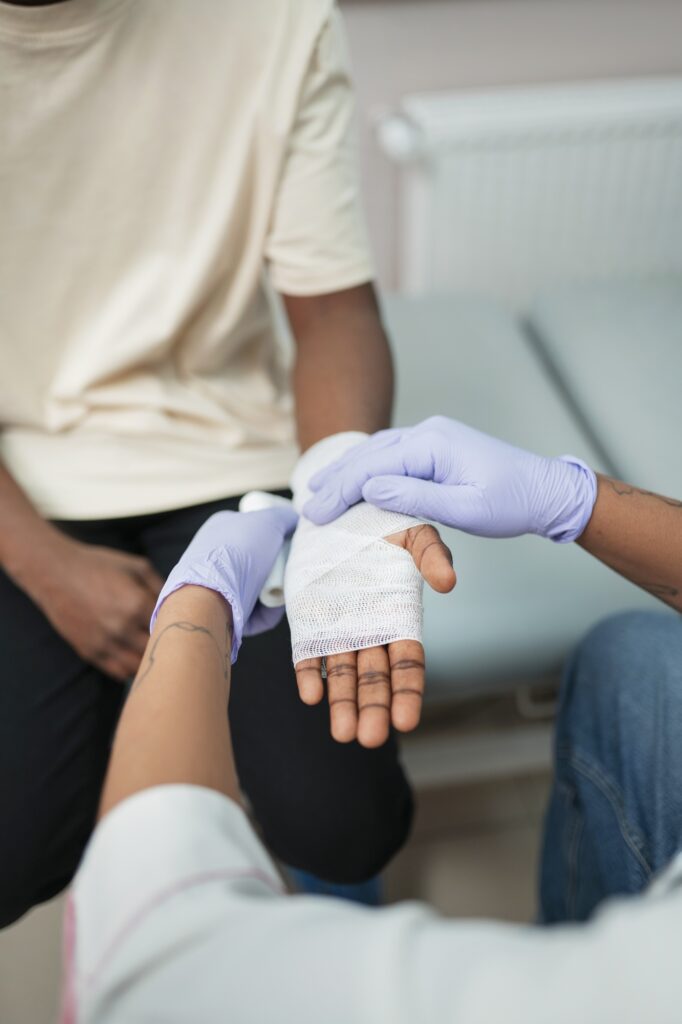
Research is also advancing in infection management and cold plasma technology.
«Cold plasma is a revolutionary method that has now reached the European market. I use it myself, and it is an excellent treatment. Additionally, regenerative medicine holds great potential for complex wound healing», he explains.
Another research area involves dermal matrices, which act as scaffolds for new tissue growth. These matrices can be derived from animal cells, such as those from fish or pigs, to stimulate skin regeneration.
From difficult wound to success story
A concrete example of how a complex wound can heal is the case of a young Senegalese man in his twenties. He had suffered a severe road accident in his home country, resulting in a tibia and fibula fracture. The fracture was poorly immobilized, and he arrived in Italy with an already difficult condition.
Ligresti recalls:
«He had a significant loss of tissue, meaning the skin was missing from the lower lateral part of his leg due to prolonged immobilization in a cast».
If a cast is left on for too long, the limb becomes thinner and starts moving inside the cast, causing friction that can lead to abrasions or even severe wounds.
«When the cast was removed, we found a large wound—about fifteen centimeters in diameter, on the outer ankle, and the young man was in severe pain and terrified».
X-rays revealed that the fractures had not healed properly, with the bones misaligned. The orthopedic team decided to involve Dr. Ligresti to first treat the wound and soft tissues, ensuring optimal conditions for bone repair without the risk of infection.
The reconstruction was performed using a sural flap, taken from the calf and placed over the injured leg. The outcome was extraordinary:
«The young man went on to become a middle-distance athlete, competing in cross-country races in Piedmont and even winning some competitions».This achievement was not just a medical success but also a deeply personal one for Dr. Ligresti:
«It was a victory not only as a doctor but also as a human being. Helping a young man from a struggling country who had received poor medical care, giving him not just the chance to heal but also to pursue sports and happiness, was incredibly fulfilling».



















